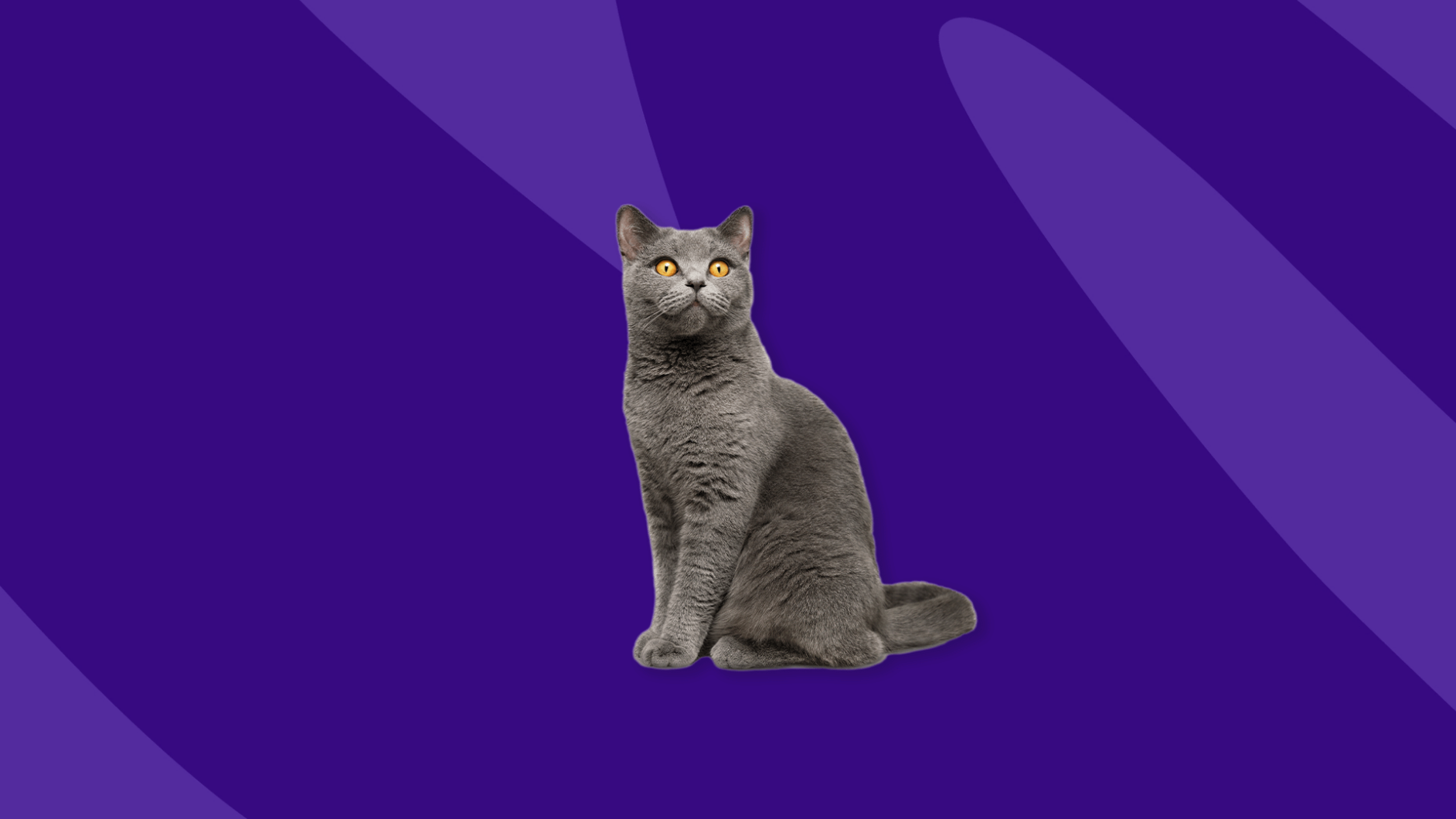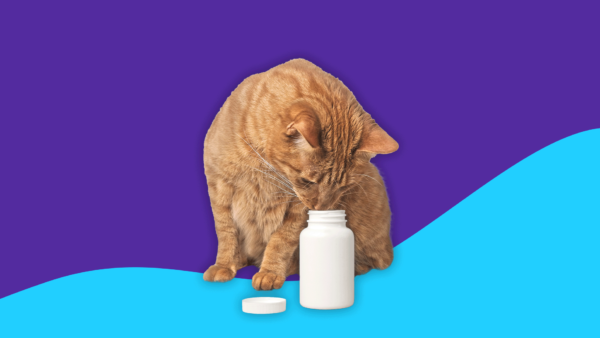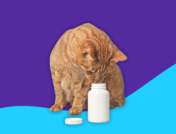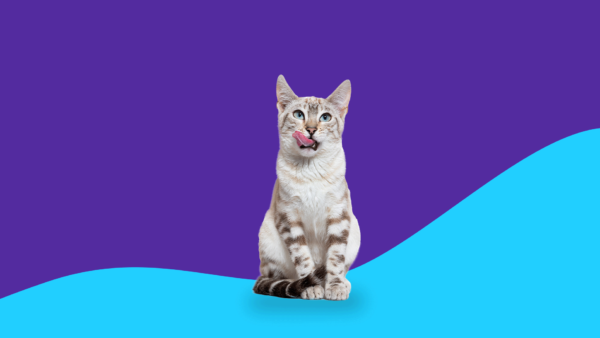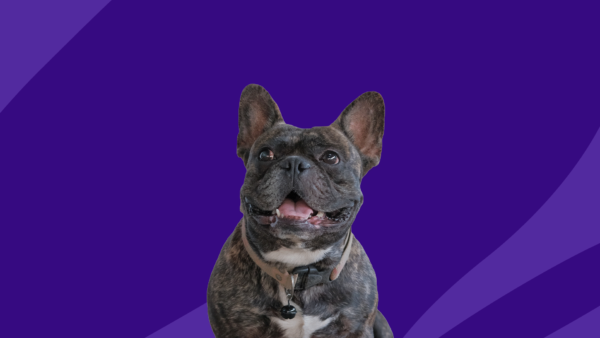Key takeaways
Gabapentin can be used to reduce stress and anxiety in cats.
Gabapentin is a common medication used for long-term pain management for pets.
Gabapentin can cause disorientation, lethargy, and sedation.
Seek medical advice from a veterinarian before giving pets human drugs.
Gabapentin, an FDA-approved drug, is often used to treat seizures and provide pain relief in humans. In cats, it is used off-label for chronic pain management, anti-anxiety treatment, as well as a seizure medication. Perrin Heartway, DVM and traveling holistic veterinarian, says, “Veterinarians prescribe gabapentin for cats to help them through stressful events, such as trips to said veterinarian or traveling in general.”
Human gabapentin often contains a sweetener such as xylitol that can be harmful to animals, especially dogs. Gabapentin, used for veterinary medicine, can be effective for 8-12 hours and may cause sedation. Do not give human drugs to pets unless advised by your veterinarian.
How long will gabapentin last in cats?
A dose of gabapentin can last 8 to 12 hours. Older cats may need gabapentin for end-of-life management of chronic or neuropathic pain. Long-term uses of gabapentin can cause felines to build a tolerance to this medication and may require a higher dose over time. Adjunctive therapy, combining other medications and holistic practices, is often recommended.
When is the peak time for gabapentin for cats?
The peak time for pain medication is when it is most effective. Gabapentin for cats peaks about 2 to 3 hours after medication is given. It is important to properly time when gabapentin is taken to allow the medicine to be most beneficial for reducing fear-based anxiety from stressful situations. If car travel or veterinary visits are stressful for your cat, administer medication within the appropriate time frame to maximize the effectiveness of gabapentin.
How long does it take for gabapentin to wear off in cats?
The half-life of a prescription medication is the amount of time it takes for half of the medicine to leave the body. The half-life of gabapentin is approximately 3 to 4 hours and should be out of the cat’s system in about 24 hours if it is a one-time dose. On-going use of this medicine may require extra time to expel from the body versus a single dose of gabapentin. Similarly, the medication’s effect on older cats may remain in their system longer. Furthermore, age, weight, metabolism, and hydration can affect how this pain-relieving medication is released from the body.
How to give gabapentin to a cat
Gabapentin may be available in an oral solution, capsule, or tablet. Putting medication in a treat or other food is a great way to administer medicine. Liquid medicine can easily be added to water or food. Capsules can be opened to remove contents, and tablets can be crushed onto food or water. When giving your feline friend medication, use only a small amount of food or water to ensure the cat consumes the entire dose of medicine.
Liquid formulations can also be given with a syringe. Secure the cat with one arm and hand while using the other to inject medicine into the feline’s cheek. Pushing the medicine into the back of the cheek rather than the back of the throat can prevent asphyxiation.
Some cats may be capable of taking a pill or capsule with the help of the pet owner. While firmly holding the cat, the pet parents may place the pill in the back of the cat’s throat and close the cat’s mouth. The cat’s head can be tilted upward while petting gently downwardly on the throat. Follow up by giving the cat a teaspoon of water to help ensure the pill is swallowed and does not get stuck in the throat.
To avoid being bitten, it is sometimes better to have two people available to administer the cat’s medication: one to restrain the pet and the other to implement the medicine. Seek medical attention if your pet bites you during the process.
Throwing up medication can also occur. If your pet spits out a small amount, it’s probably ok. If the cat expels the entire dose of gabapentin, you will likely need to give another full dosage. Consult your veterinarian on what to do if your cat vomits its medicine.
If you miss a regular dose of gabapentin, give your cat the medication as soon as you remember. If the next dose is near, skip the missed dose and resume the original scheduled time. Use extreme caution not to accidentally double-dose the medicine. It is a good idea to keep a journal or log medication information to prevent an overdose.
Can you give a cat too much gabapentin?
Cats will be prescribed higher doses of gabapentin if the purpose is sedation. Gabapentin for feline pain management is approximately 2 to 5 mg per pound twice a day. This number may increase if prescribed for seizures. A daily dose may exceed 100 mg depending on the cat’s size and the vet’s recommendation.
Side effects of gabapentin may include disorientation, drowsiness, lack of coordination, lack of appetite, nausea, diarrhea, vomiting, and mild sedation. Symptoms of an overdose are similar to side effects but more intense. Sabrina Kong DVM and contributor to We Love Doodles states, “While gabapentin is generally safe for cats when used as prescribed, there is always a risk of overdose if administered inappropriately. Signs of gabapentin overdose in cats may include severe lethargy, ataxia (loss of control of body movements), depression, and, in extreme cases, may lead to coma or death. If you suspect your cat has overdosed on gabapentin, it’s crucial to seek a vet immediately!” Be sure to tell the vet office the medications or vitamins your cat is taking and all the details of the reaction.
While most cats will completely recover from taking too much gabapentin, older felines with preexisting medical conditions could suffer long-term kidney or liver damage. Communicate to the vet if your cat becomes impregnated. It is not recommended for pregnant or nursing felines to use gabapentin.
Call the vet if your cat is experiencing a severe adverse reaction or if you suspect an overdose. Be sure to tell the vet office the medications or vitamins your cat is taking and all the details of the reaction. Communicate to the vet if your cat becomes impregnated. It is not recommended for pregnant or nursing felines to use gabapentin.
Can I stop giving my cat gabapentin?
Before abruptly stopping the use of gabapentin, consult your veterinarian. Most medications need to be given in tapered doses to reduce withdrawal symptoms. Cats may experience agitation, heart palpitations, panting, anxiousness, or tremors if gabapentin suddenly ends. The weaning process can take weeks. Often, medication doses are reduced to half for a week, then half of that the next week, followed up by discontinuing use the third week. Ask your veterinarian about the best way to terminate your cat’s medication.
How will my cat act on gabapentin?
Your cat may be drowsy or even clumsy on gabapentin. Lethargy is one of the most common side effects of this medication, and sedation may occur. Some cats also experience diarrhea or vomiting. Contact medical advice if you have concerns about your cat’s reaction to gabapentin.
Studies show that gabapentin is relatively safe for pets, but contact your vet immediately if your cat experiences severe sedation, diarrhea, or vomiting while taking gabapentin. The benefits of gabapentin can often increase your pet’s quality of life. Ask your vet about the use of gabapentin or other solutions for your cat’s pain or anxiety.
Sources
- Effects of a single preappointment dose of gabapentin on signs of stress in cats during transportation and veterinary examination, PubMed (2017)
- The pharmacokinetics of gabapentin in cats, The Journal of Veterinary Medicine (2018)
- Gabapentin, Plumb’s Veterinary Medication Guide (2020)
- Tips for feline medication administration, Texas A&M University Veterinary Medicine and Biomedical Sciences (2021)



